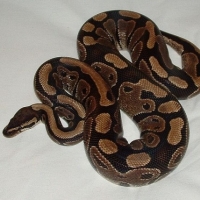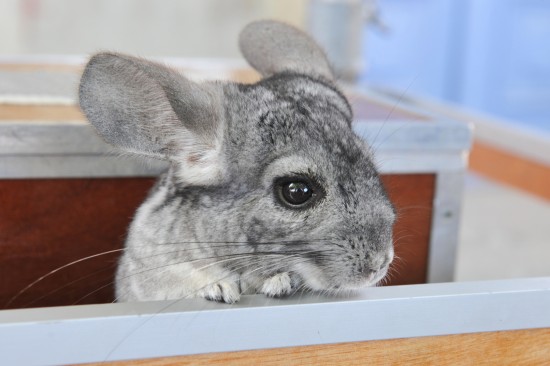Gastric Dilatation/Volvulus (GDV) cases are among the true emergencies for a veterinarian in McKinney, TX. Time is crucial with these GDV patients, because they deteriorate so rapidly; they can go from being happy and healthy to dangerously sick within 12 hours. Recognition by pet owners is therefore essential in our efforts to save these dogs; the sooner we see them, the better our chances to save them.
Breed predisposition is an important consideration, because owners of certain dogs need to be more aware of this disorder to spot it early. Great Danes are the most likely breed to incur bloat. Other breeds with GDV tendencies include the large, deep-chested dogs such as St. Bernards, Weimaraners, Basset Hounds, Setters, and Standard Poodles.
Symptoms of GDV include restlessness, hyper salivation, retching without vomiting, panting, diarrhea that can become very bloody, weakness and eventually collapse. Gradual enlargement (see radiographs below) of the abdominal cavity is the hallmark symptom to be aware of, but patients can be seriously ill by the time this occurs.
Veterinarian McKinney TXVeterinarian McKinney TX
Note the dark areas in the abdominal cavity. This is gas within the stomach that is causing it to enlarge in this early case of GDV. The right radiograph shows gas trapped in the stomach that is abnormally located entirely within the right quadrant after twisting.
Blood panels are very important at the outset of treatment, since results define the severity of effects the condition is causing to the body. This should include a profile of the acid/base status; patients' blood sometimes is alkalotic in very early stages due to panting, but eventually becomes acidotic in later stages. Septicemia (presence of bacteria and their toxins within the bloodstream), shock, and effects on other organ systems cause a rapid decline in overall patient condition and eventually lead to death in untreated individuals.
Intravenous fluid therapy, antibiotics, medication to treat shock and electrolyte imbalances and mild sedation are usually essential components of early treatment. Removing gas from the enlarged stomach is also crucial in treatment regimens. Veterinarians in McKinney, TX do this by inserting large-bore needles directly into the stomach or by passing a stomach tube down the esophagus.
Being able to pass a stomach tube into the stomach is usually very good news, since in some cases the stomach is twisted so tightly that passage is impossible. These cases are often more severely affected.
The stomach is able to flip back to its normal position in some cases after air and pressure are removed.
Any surgical intervention is usually delayed until medical therapy stabilizes their condition. Patients in whom stomach tube passage is impossible are in more immediate danger.
These cases often require surgery to manually replace the stomach (and spleen) to normal orientation so that gas accumulation is controlled and normal blood flow to the organ is restored. These animals are often compromised and less favorable surgical candidates, and rapid intravenous medications and fluid therapy are crucial to their survival during anesthesia.
Surgical "tacking" of the stomach to the right abdominal wall (gastropexy) is the accepted standard in preventing further incidents of GDV. Veterinarians in McKinney, TX should perform this procedure on any patient that has bloated, and it is highly recommended as a preventative measure in dogs of predisposed breeding.
Veterinarian McKinney TX
Stonebridge Animal Hospital
5913 Virginia Parkway
McKinney, Texas 75071
469-507-2433

 Five Health Conditions That Are Unique To Male Dogs
Five Health Condi
Five Health Conditions That Are Unique To Male Dogs
Five Health Condi
 10 Calming Tips For Anxious Dogs
10 Calming Tips F
10 Calming Tips For Anxious Dogs
10 Calming Tips F
 Ball Pythons: Your New Favorite Pet!
Snakes. Legless and arm less killing machines. Steeped i
Ball Pythons: Your New Favorite Pet!
Snakes. Legless and arm less killing machines. Steeped i
 Dogs And Families - Some Safety Tips To Remember
Dogs And Families
Dogs And Families - Some Safety Tips To Remember
Dogs And Families
 Top Tips On Adopting Rodents
Top Tips On Adopt
Top Tips On Adopting Rodents
Top Tips On Adopt